A green lung at the heart of the city
Gan Meir
In the early 2000s as part of a renewed urban plan, the Tel Aviv Municipality considered an option to build an underground parking lot in the heart of Tel Aviv, directly underneath Gan Meir (Meir Park). This act would have destroyed the historic park, and after a long series of protests from residents and excessive construction costs – the plan was shelved. From this process, arose many thoughtful discussions about the nature and purpose of the garden and its development and preservation was subsequently led by our office.
Gan Meir has great historical importance. It is part of the first network of gardens built in Tel Aviv in the 1940s, and is a major part of the legacy of Tel Aviv’s first urban designer, Avraham Karavan. The preservation and renovation of the garden was done in the shadow of the ‘In the Public Domain‘ exhibition, which examined the nature of Tel Aviv’s gardens with the garden layout based on the original plan of Avraham Karavan and Avigdor Mashal. Through the immersion within the details of the plan, ideas arose regarding the differences between conservation, restoration and restoration. The dynamic preservation of the garden is achieved by returning and reviving the ‘essence’ of the garden, and not by an accurate reproduction of design details. The axes of the paths, the lake and the trees were references to the design of Karavan and Mashal, using prominent Israeli elements. The palm, sycamore and Eshel trees then and today symbolize Israeli landscape units within the garden. The ecological pool is a local reference to the Sea of Galilee.
“In the Public Domain”, delved into the greater questions about urban parks’ purpose. What is a garden? What is its role: a place of entertainment or a recreational space? In all gardens at that time you could see the same schema bench, a single tree, a piece of grass… but who does it serve? The garden, in the form of ‘Paradise’, is the alter-ego of the building. It is an extension of the house, and a place where activities that cannot take place indoors take place. Avraham Karavan expressed in the new Israeli garden the European tradition combined with the Israeli-Mediterranean accord of the 1940s. He created a marriage of two opposing ideals, an unlikely pairing which in Hebrew and Yiddish is called ‘Shatnez.’ The result became a place for wandering, contemplation, meditation, and a place of gathering. This is different from today’s parks which are places of play and outdoor recreation. The functionality of the park is of a green lung: a place that breathes carbon and releases oxygen. It is its own micro-climate.
The preservation of the garden recreates its character from the 50s. The notion and feeling of the secret English garden remained, according to the original goal of preservation over development. Meir Garden symbolizes an oasis in the heart of the city, a green bubble as in the story of ‘The Secret Garden.’ In addition to the questions of conservation, more modern dilemmas were added such as the populations using the garden on a daily basis.
There became a conflict of interest between families visiting the garden and nurseries along its outskirts, and dog owners for whom the garden was a playground where the dogs could be released. From a dialogue with the community and an in-depth examination of these two “opposing” populations, arose an understanding that they were not necessarily contradicting populations. Families with children were often also dog owners, and the solution became a fenced dog compound that is in use in the garden to this day.
Another project within the garden, was the design and construction of a monument in memory of the LGBTQ+ persecuted in the Holocaust. The monument commemorates the gay community murdered in the Holocaust, and serves as a reminder for their struggle for civil rights until today. The monument was designed in partnership with the Proud Youth Organization (Iggy) and its community members, and whose headquarters are located on the other side of the Park. The pink granite is in reference to the pink stars LGBTQ+ individuals were forced to wear on their clothes during WWII, and symbolize the ongoing heroism of the community.
More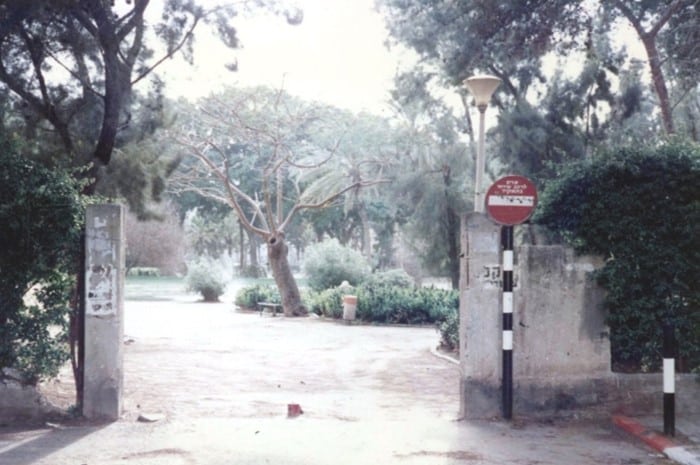
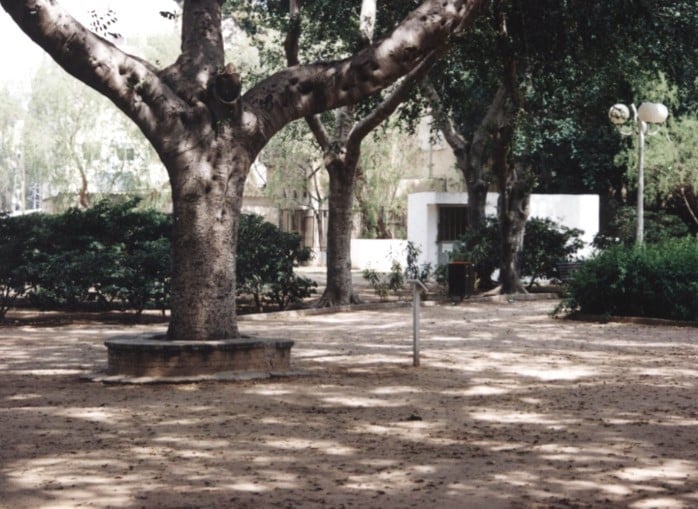
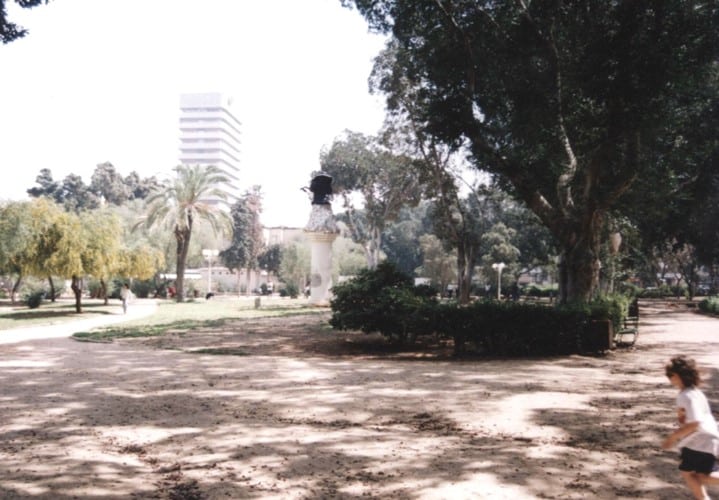
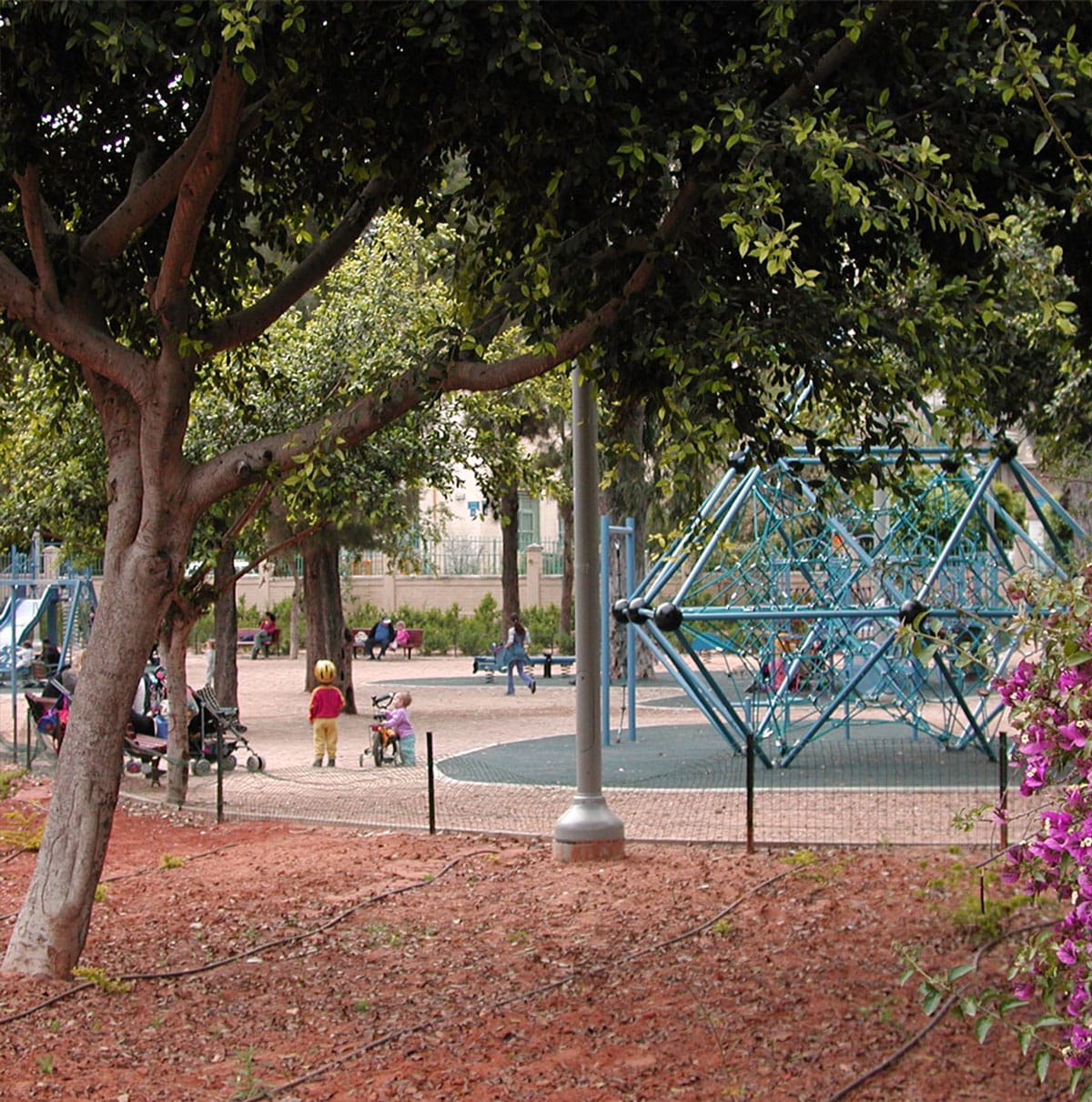


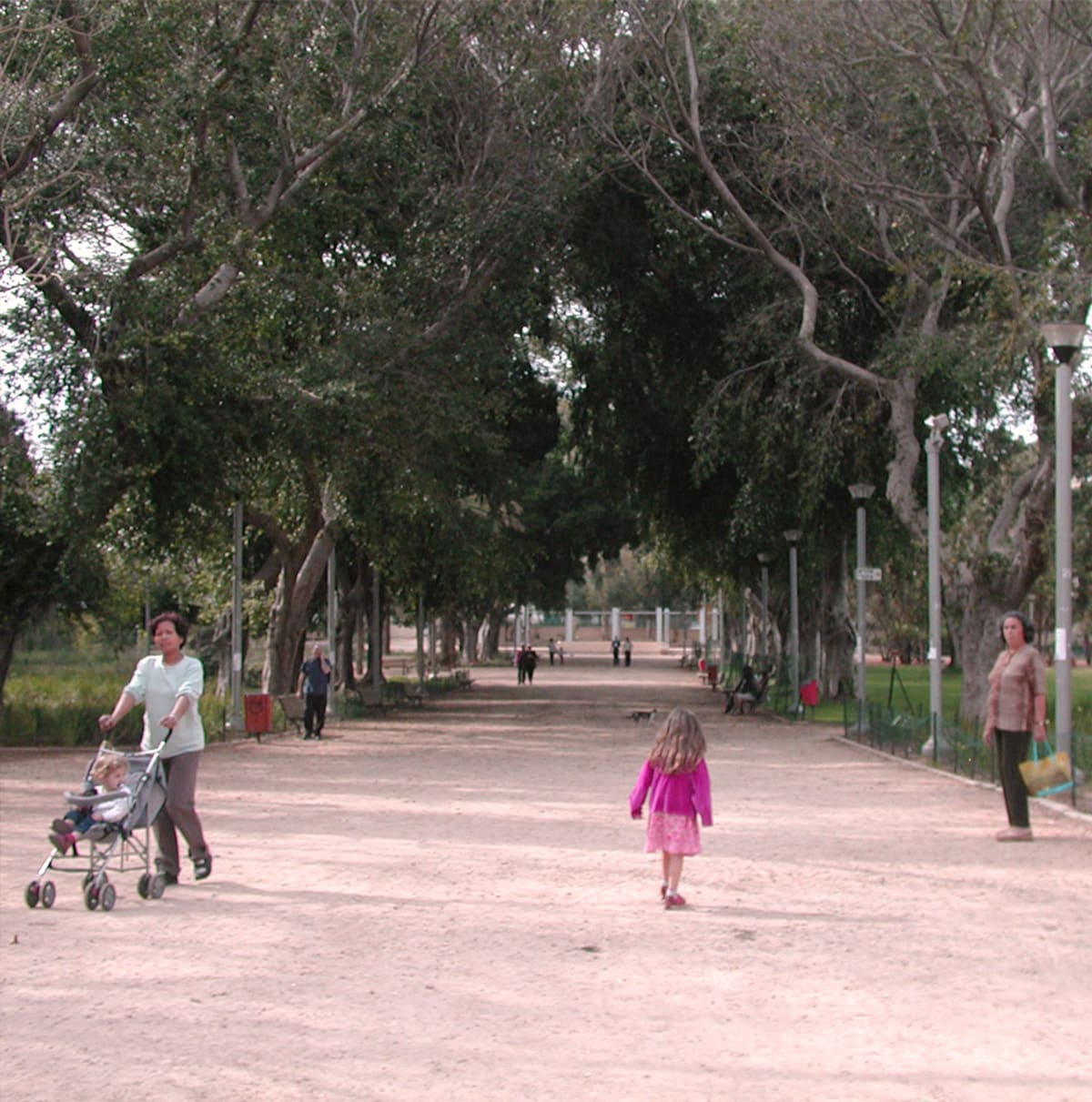

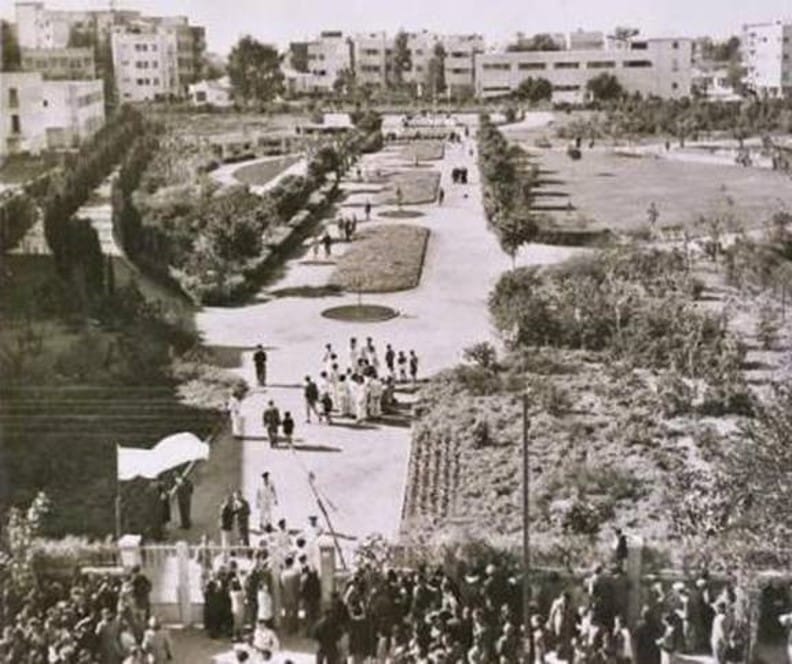
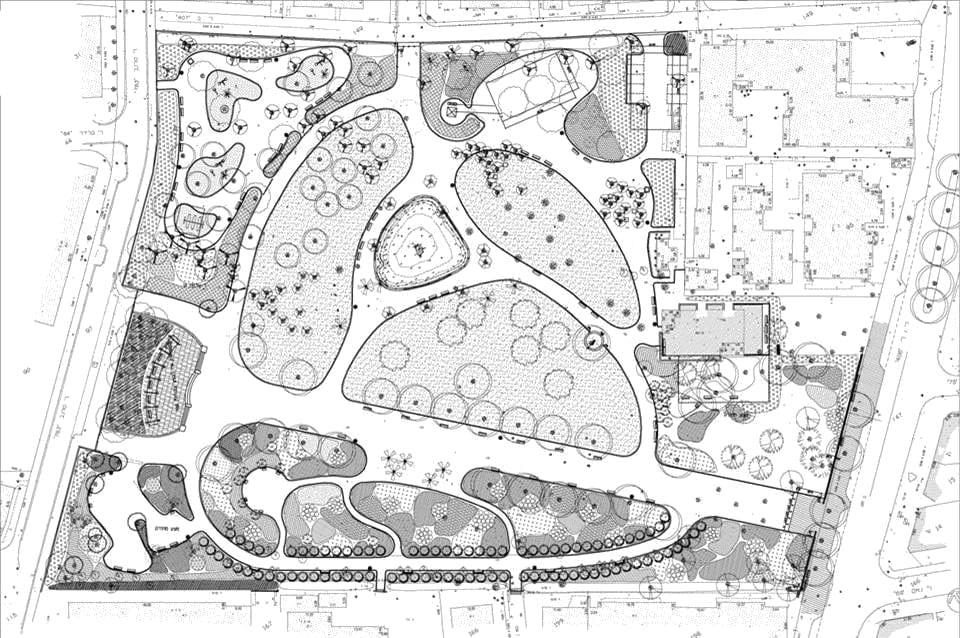


Tel Aviv-Jaffa, Israel
Tel Aviv Municipality
2000